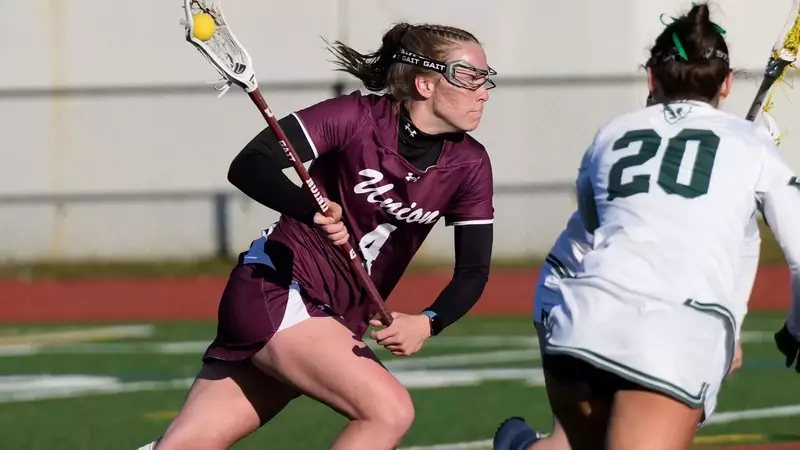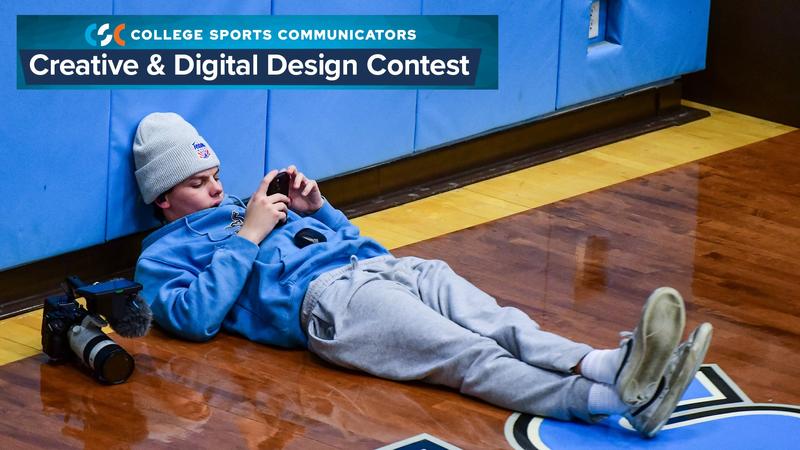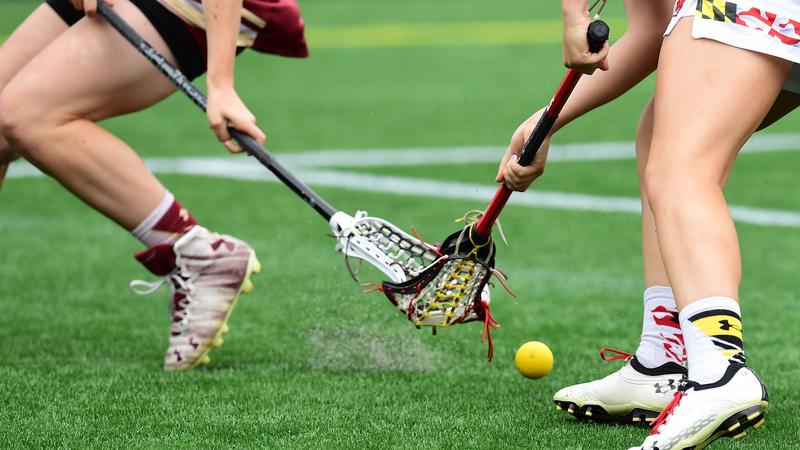The NCAA Women’s Lacrosse Rules Committee recommended rules changes to simplify the penalty structure and improve the pace of play, beginning with the 2025-26 academic year.
The proposals must be approved by the NCAA Playing Rules Oversight Panel before becoming official. The panel is scheduled to discuss the women’s lacrosse recommendations Aug. 13.
Committee members, who met last week in Indianapolis, approved the following measures:
- Expanding one-minute releasable penalties in the midfield to all over the field, except in the critical scoring area.
- Using an advantage signal for one-minute releasable penalties, when applicable, which would allow teams the opportunity to play on. The one-minute penalty could be negated if a goal is scored during the advantage or administered at the conclusion of the advantage period.
- Running the clock on 8-meter free positions, except for the last minute of each quarter or overtime.
- Setting up 8-meter free positions only at the two adjacent hashes on both sides of the center hash.
- Upgrading dangerous contact penalties to a nonreleasable yellow card.
- Flagging shooting space fouls in the critical scoring area.
Committee members said they received feedback from officials, players and coaches that the penalty structure is complex and needed an overhaul.
“Addressing the penalty structure and penalty administration is inherently also directly related to consideration of duration of games,” said Amy Foster, committee chair and senior deputy athletics director for the student-athlete experience at Cornell. “At the Division I level in particular, there was concern about games consistently extending well beyond two hours. For media purposes, that window is important, but it is also important for just the enjoyment of the game. Changes in the penalty structure and penalty and game administration could positively impact both.”
Stick checks and draws
The committee proposed ending stick checks after goals are scored.
Currently, officials check the pocket depth of the stick of each goal scorer to see whether the stick is legal.
Also, teams would have 30 seconds after a goal is scored to be ready for the ensuing draw at midfield. If a team isn’t ready for the draw by the end of the 30 seconds, possession would be awarded to the other team.
Overall, draws would occur only at the start of the game, at the start of overtime and after goals are scored.
The team having possession of the ball at the end of the first, second and third quarters would maintain possession when the next quarter starts.
“There would be a decrease in the numbers of draws, but the change is consistent with what we were doing with power plays, where we award possession at the start of the next quarter,” Foster said. “The committee felt that there should be a draw to start overtime. You want everyone to have an equitable chance to gain possession there.”
Video review challenges
Committee members proposed a change to the way video challenges would be handled next season.
If a team has a successful video review challenge in which the original call on the field is overturned, it would maintain its challenge.
However, if the call on the field is not overturned, the team making the challenge would lose a timeout. Teams would have to have a timeout to make video review challenges.
At the request of teams, committee members also proposed expanding the categories of plays eligible for video review. Teams would be permitted to request video reviews for several areas that, in the past, were reviewable only at the officials’ discretion.
Under the new approach, officials no longer would have discretion over whether to initiate reviews, ensuring greater consistency in officiating nationwide. Officials would be required to review:
- Clock errors.
- Whether a shot is released before the possession clock or game clock expired.
- Fouls that cause ejection.
For every video review, whether requested or required, officials would review for clock errors and cardable fouls.
















 – Marc J. Spears
– Marc J. Spears














































